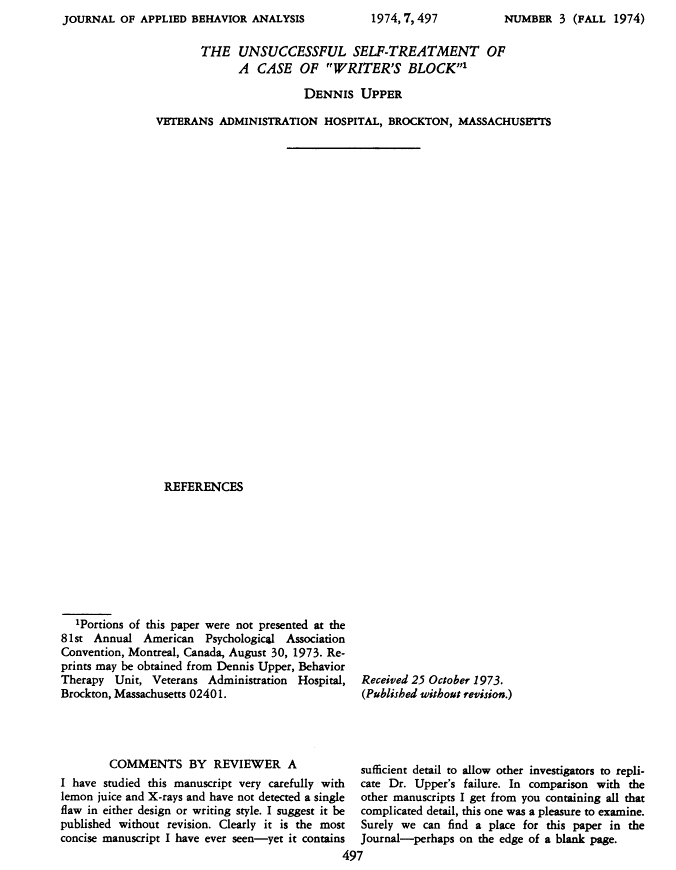
Bruce Beckham’s Inspector Skelgill series continues to deliver. Rather old-fashioned, like their hero, they’re heavy on character and puzzles.
Murder at Shake Holes is the 13th in the series (you don’t have to read them in order). I believe they’ve done a “desert island” mystery once before, but it happens again here. Skelgill and his trusty sidekicks, female detective Jones and male detective Leyton, who work in Cumbria, have all been down to London for the presentation of an award for valor. On the train home, a freak blizzard blows up, and the train gets halted by snow drifts in the mountains. Carbon monoxide build-up forces them to abandon the train. Fortunately Skelgill, an experienced mountain rescue team member, knows they’re not far from the Shake Holes Inn, named for the numerous, dangerous potholes in the limestone terrain.
Matters turn sinister when it’s discovered that one of the passengers, a famous economist, is suspiciously dead in his car. He had been carrying a manuscript rumored to carry bombshell evidence against certain international money men. That manuscript has now gone missing.
The group that holes up in the run-down inn is an elite one – a former international model, some Russian business people, a journalist, a young Englishman with clandestine operations experience named Bond. At least one of them is a murderer, and once the snow melts they will certainly scatter. Skelgill must identify the culprit, hopefully before he or she panics and strikes again.
Skelgill is an amusingly quirky and occasionally surprising hero. He seems to have mellowed a bit from the early books – he’s hardly empathetic, but he’s a little less insensitive to his co-workers these days. All the Skelgill books are enjoyable, and I got everything I expected from Murder at Shake Holes. I might note that the author goes to considerable effort to avoid profanity – at one point even mentioning that he’s edited what a character really said. An obligatory hat-tip to contemporary social mores was brief and quickly done with.
I’m less delighted with the present tense mode of narrative, but all the books have been in the present tense and after a while I admit I stop noticing it.
Recommended.








